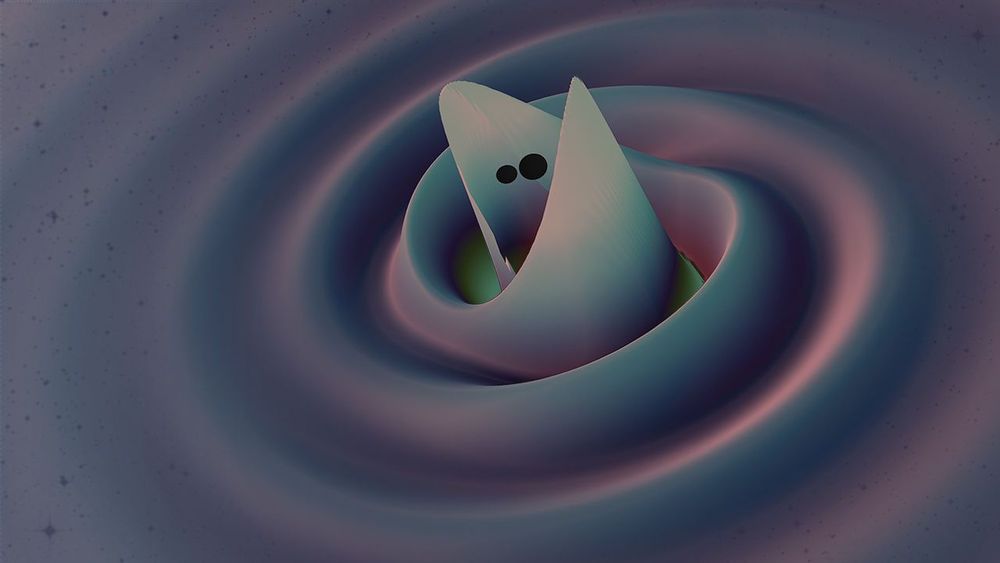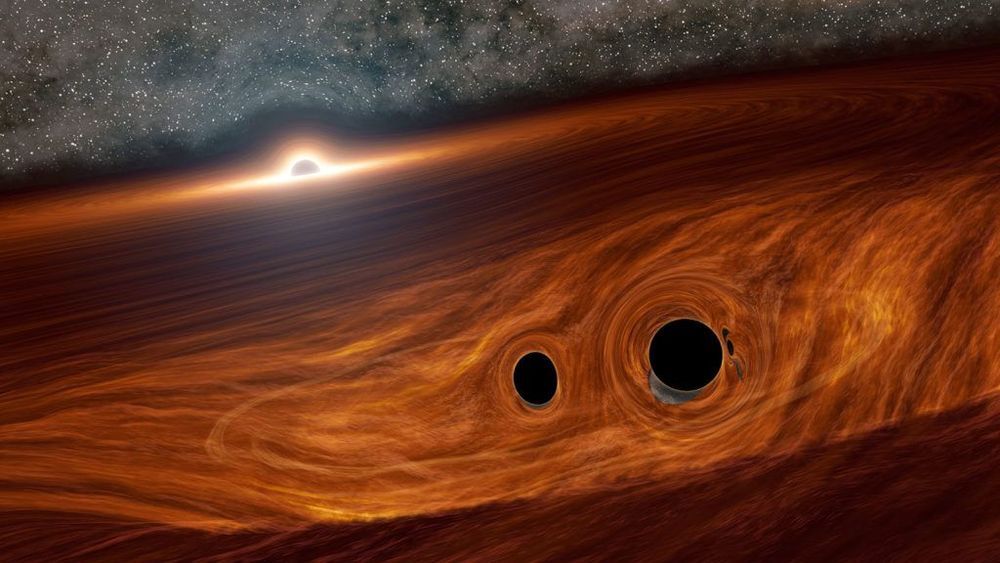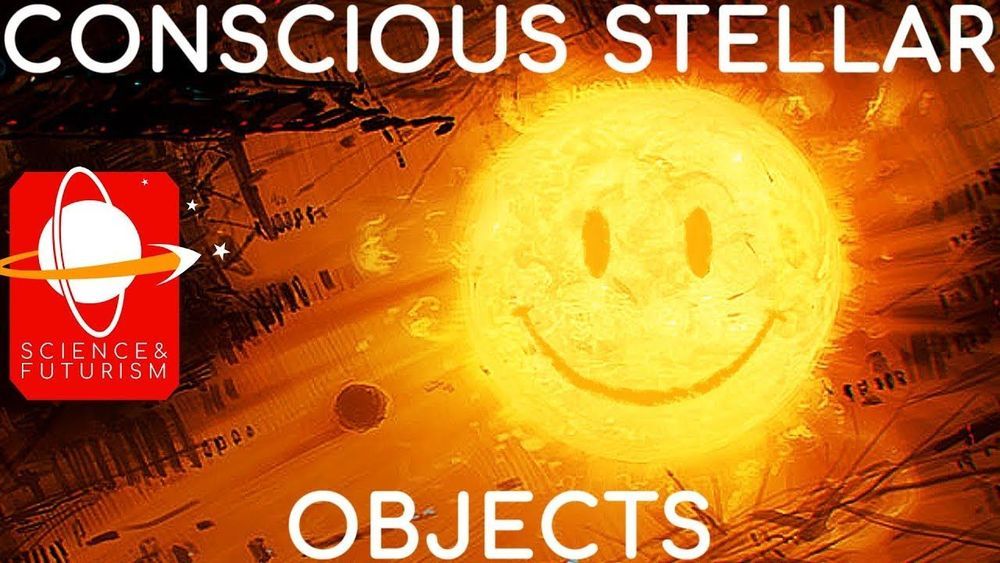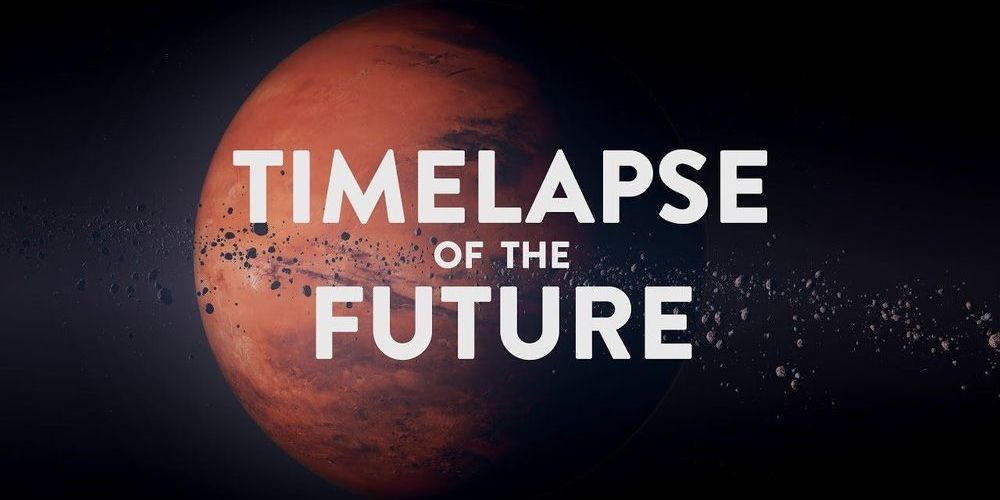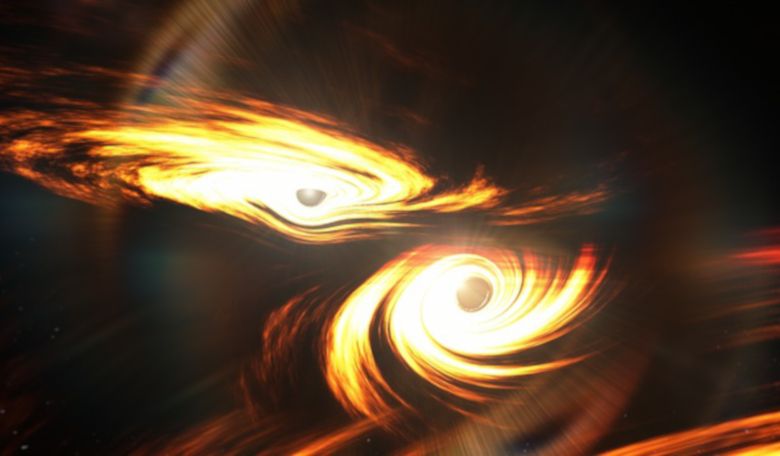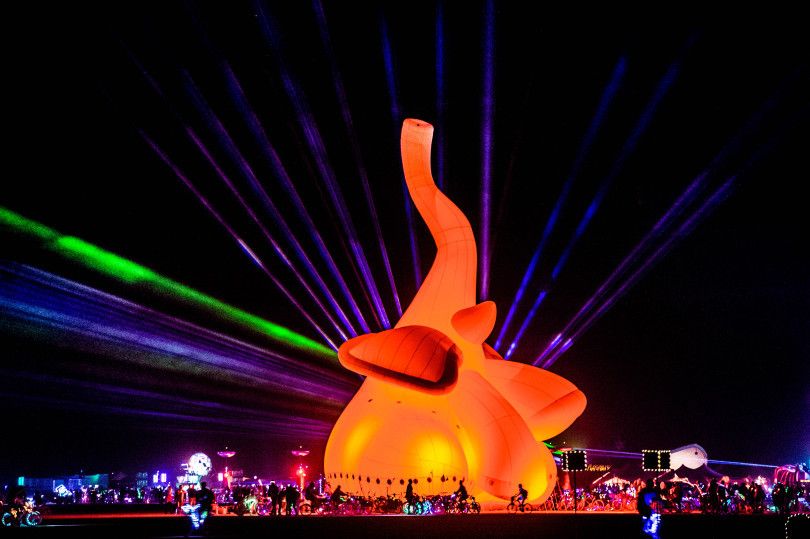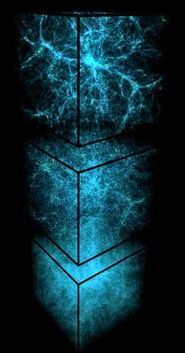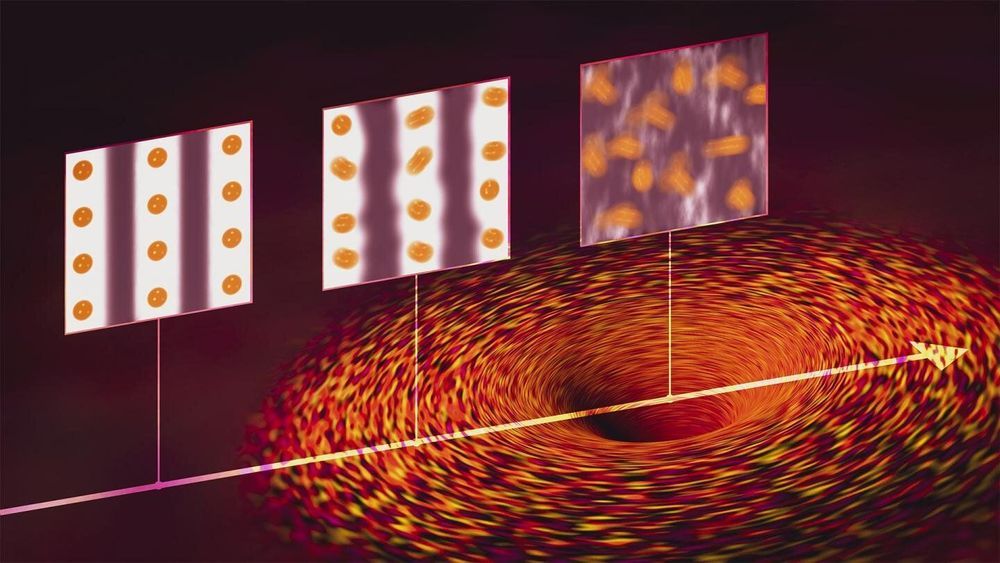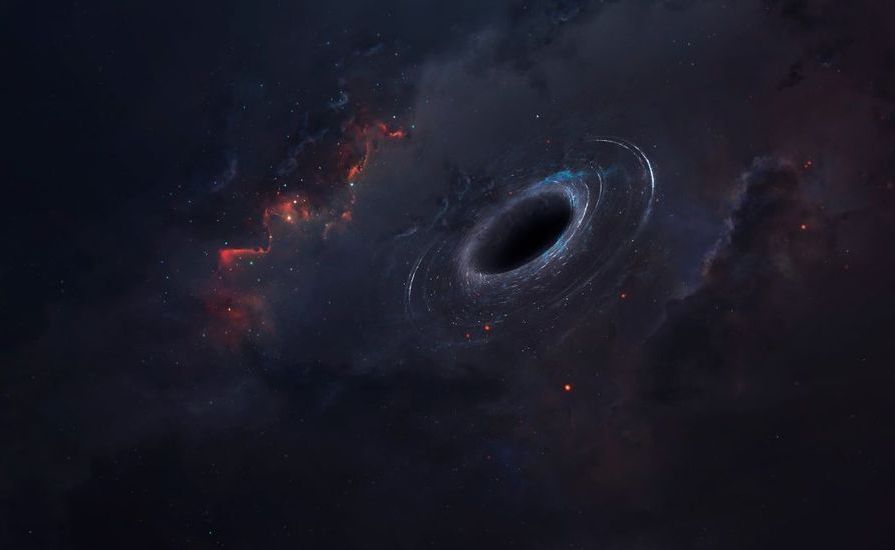
Black holes can expel a thousand times more matter than they capture. The mechanism that governs both ejection and capture is the accretion disk, a vast mass of gas and dust spiraling around the black hole at extremely high speeds. The disk is hot and emits light as well as other forms of electromagnetic radiation. Part of the orbiting matter is pulled toward the center and disappears behind the event horizon, the threshold beyond which neither matter nor light can escape. Another, much larger, part is pushed further out by the pressure of the radiation emitted by the disk itself.
Every galaxy is thought to have a supermassive black hole at its center, but not all galaxies have, or still have, accretion disks. Those that do are known as active galaxies, on account of their active galactic nuclei. The traditional model posits two phases in the matter that accumulates in the central region of an active galaxy: a high-speed ionized gas outflow of matter ejected by the nucleus, and slower molecules that may flow into the nucleus.
A new model that integrates the two phases into a single scenario has now been put forward by Daniel May, a postdoctoral researcher in the University of São Paulo’s Institute of Astronomy, Geophysics and Atmospheric Sciences (IAG-USP) in Brazil. “We found that the molecular phase, which appears to have completely different dynamics from the ionized phase, is also part of the outflow. This means there’s far more matter being blown away from the center, and the active galactic nucleus plays a much more important role in the structuring of the galaxy as a whole,” May told Agência FAPESP.
